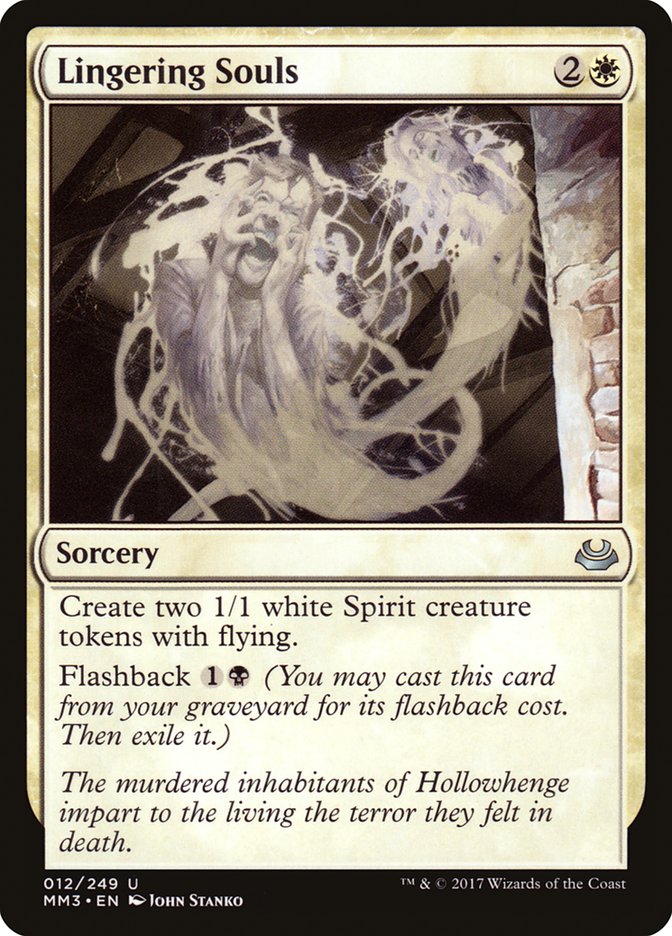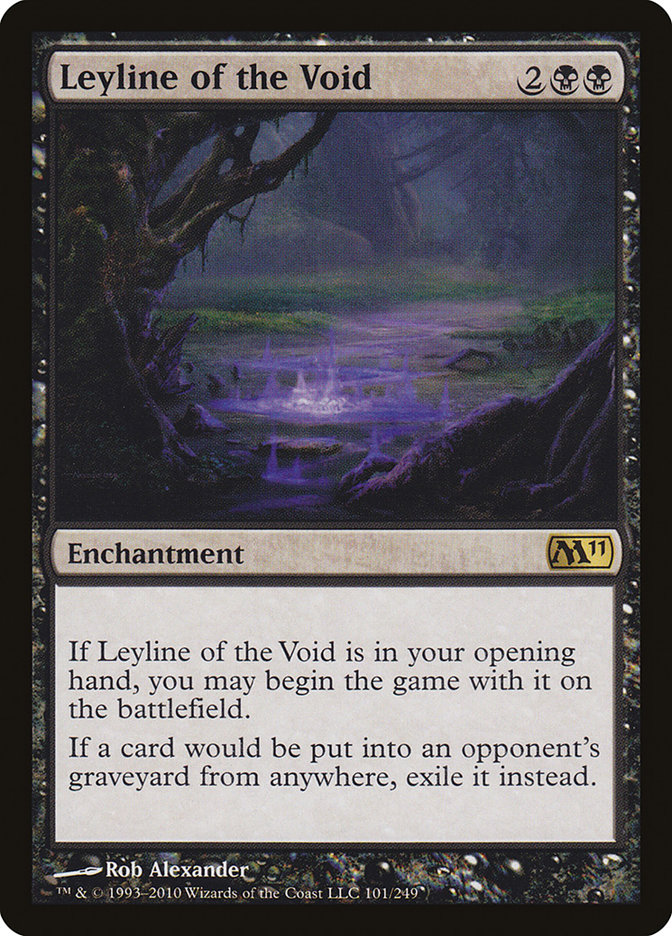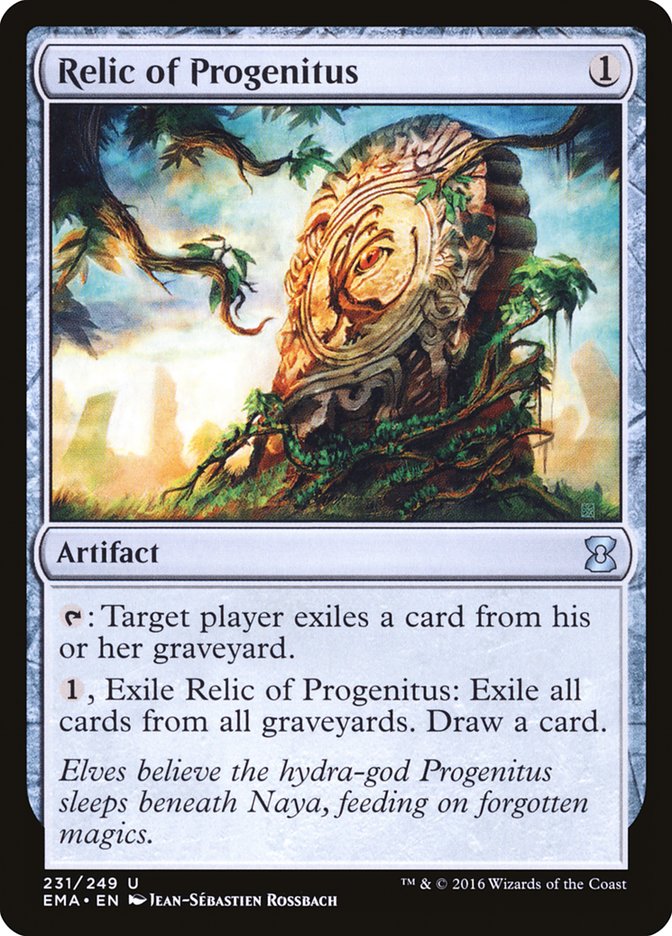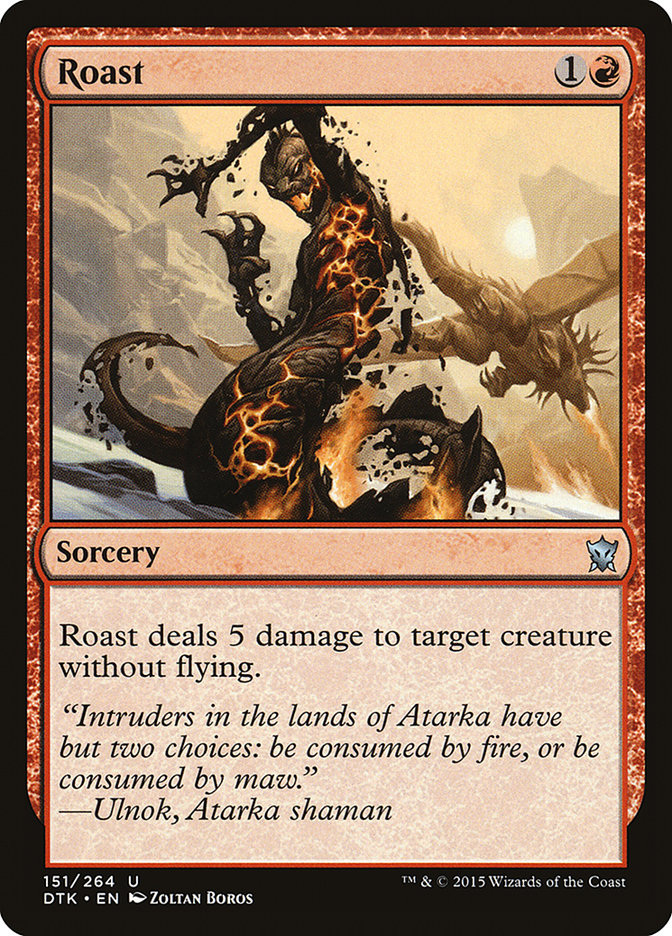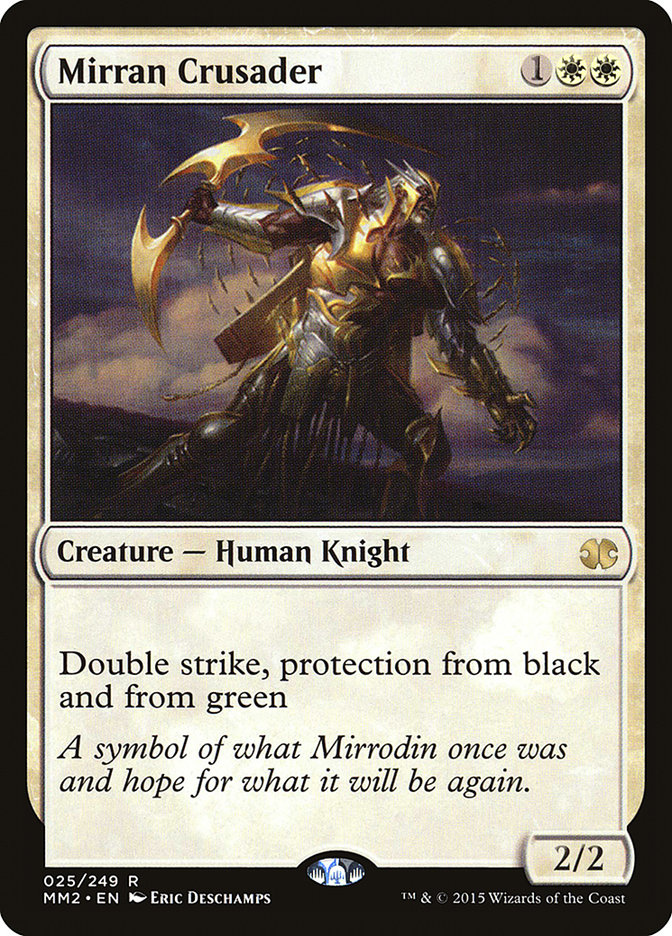Since the release of Hour of Devastation, Standard has been the hot topic in Magic, and rightfully so. A new set means a shaken-up metagame with the potential for new strategies. With the Pro Tour over, we now have a default best deck in the format, and surprisingly, it’s a Red Aggro deck.
How the metagame reacts to Ramunap Ruins’s ascension will be interesting to see, but the course of Standard is now set with the terms of engagement well known. Now is the time we move down the chain of formats to Standard’s older, scatterbrained cousin, Modern. After all, that’s the format seeing play this weekend at #SCGNY as well as next weekend at #SCGRICH and a pair of Modern Grand Prix.
When last we looked at Modern, it was a format with a clear best deck in Grixis Death’s Shadow. The brutal efficiency of the deck’s namesake card, supported by the format’s best disruption package and one of its best cards in Snapcaster Mage, gives you a good chance in any matchup, which is a great quality in and of itself, but it also attracts the best players who want to play decision-intensive games where they are always in control of the outcome.
So, in the absence of a significant influx of cards from Hour of Devastation, we would expect the Modern metagame to remain with Grixis Death’s Shadow at the top by a significant margin, but instead it looks as though its standing in the format has waned. It’s still one of the best-performing decks, but recently it looks to simply be one great deck among many rather than a clear first.
Has Death’s Shadow’s reign on the format ended?
Short answer: No.
Long answer: The format has adapted to the presence of Death’s Shadow. But as we’ve seen with dominant decks in the past, that adaptation has had to be so extreme so as to warp the entire metagame around Grixis Death’s Shadow, which, while bad for the deck, demonstrates it to be an entity too powerful to hate out, as it’s continuing to thrive in even the harshest conditions.
Here are the primary signs I see that Modern is suffering under the influence of an overpowered deck:
1. There Are No Other Midrange Decks
Of course, I don’t mean this in a literal sense.
We still see the occasional Abzan or Jund deck pop up, but both of those decks and the others like them, long mainstays of Modern, have largely fallen out of favor because they are worse versions of Grixis Death’s Shadow. They have similar removal suites, less velocity, a slower clock, and a necessarily higher land count, leaving them more prone to flooding in long games.
On paper they should have a good heads-up match-up against Grixis Death’s Shadow, but that either hasn’t been borne out in tournaments or their edge there isn’t large enough to compensate for how much worse they are against the rest of the format, particularly Tron variants.
For me, a key aspect of format diversity is not just the presence of many different archetypes, but the diversity of options within those archetypes, and right now, Modern presents only one option for players who want to play heavy disruption Midrange decks.
2. An Influx of “Hate” Cards
As a fair, midrange deck, Grixis Death’s Shadow is a prime example of a deck that cannot be hated out. It’s not linear, so if you take away one angle of attack, it can move to another. Cards like Leyline of the Void are good, but they won’t win the games by themself.
Therefore, you’re generally better off sideboarding on a strategic level rather than a tactical one, trying to devise a plan that Grixis Death’s Shadow may not be prepared for. But because Grixis Death’s Shadow is so efficient and flexible, beating it on that level has proven nearly impossible, and so we see decks throwing out Hail Marys and hoping they connect.
Consider the following two decklists from recent Modern events:
Creatures (8)
Planeswalkers (3)
Lands (27)
Spells (22)

Creatures (18)
Lands (23)
Spells (19)

The first, a Scapeshift-based deck, has some structural problems in the matchup against Death’s Shadow. Its red removal lines up poorly against Death’s Shadow, Gurmag Angler, and Tasigur, the Golden Fang. It relies on a small set of payoff cards vulnerable to discard spells and/or Stubborn Denial, and it’s generally going to cede the early-game while it sets up, so Grixis Death’s Shadow gets time to establish a clock and set up its defenses.
However, if the games can go long, Valakut, the Molten Pinnacle turns your ramp spells into live draws and gives you the real possibility of burning them out. On a strategic level, I would want to swap out the Lightning Bolts and Anger of the Gods for more appropriate removal, perhaps even splashing black for some combination of Fatal Push and Terminate.
There’s a little of that going on with the sideboard copies of Roast, but they are supplemented by more threats, in particular Chameleon Colossus. This is clearly a great card in the matchup, attacking unabated through anything, blocking down all their creatures, and dodging all their spot removal. It’s an all-star. But it’s not a coherent plan. And yet, the results appear to show that it’s the best available plan, since nearly every top-performing Scapeshift list sideboards them.
Similarly, the B/W Eldrazi list sideboards two copies of Mirran Crusader, a card that’s trying to accomplish the same goal, although its vulnerability to Lightning Bolt makes it overall worse in that role. Once again, the card doesn’t much fit with what the rest of the deck is doing, and here the WW mana cost is a liability with so many colorless lands.
But beating Grixis Death’s Shadow has proven so difficult that players have become desperate for anything that can crack open the door, and these high-risk, high-reward threats seem to be the current champions for that desperation.
These are not interesting deckbuilding decisions. These are signs that we have a deck that is too powerful and flexible to attack via conventional means.
Should There Be a Ban?
Short Answer: Not yet, but we’re close.
Long Answer: The recent wave of Standard bannings has made us collectively a bit sensitive to the prospect of a ban in Modern, but this Grixis Death’s Shadow deck is looking to be problematic over the long term. That said, the barrier for banning a card is, and should be, very high. I don’t think we’ve reached that point yet, but the next months of Modern as a format should be scrutinized very closely.
Modern is a different animal, with players investing lots of time and money into building a deck they like with the understanding that they’ll be able to play it for a long time. That means they attach themselves to their favorite deck or decks and stick with them even if they aren’t well-positioned. The ensuing metagame thus presents on the surface a misleading diversity.
Thus, standards of diversity in Modern need to be evaluated differently than standards of diversity in Standard, and right now we’re trending in a bad direction.
What Does This Mean For #SCGNY?
I certainly expect Grixis Deaht’s Shadow to remain the deck to beat for the next two weeks of Modern tournaments, but that doesn’t necessarily mean that you should all rush out to play it. The deck is notoriously difficult to pilot, as your sequencing, sideboarding, and management of multiple life totals all need to be executed well in order to succeed.
So if you have time to put in the reps, by all, means play Grixis Death’s Shadow. Moreover, make sure you’re prepared to beat the Mirran Crusaders and Chameleon Colossuses that are out there right now. That means playing Liliana of the Veil as your primary three-mana spell and potentially moving back toward a Lightning Bolt or two in the maindeck. If your opponents are going for the Hail Mary, it’s time to get into the prevent defense and stack the odds even further in your favor.
And if you’re set on not playing a Grixis Death’s Shadow list, you have to try to innovate in the short term and bring a wrinkle that the metagame won’t be prepared for. Right now that wrinkle is a threat like Chameleon Colossus, but at this point, that is a known quantity.
As a long-term top strategy, Grixis Shadow, like Twin before it, appears almost invincible because it has counterplay to anything you throw at it. But you’re not trying to break the matchup permanently. You just need to beat them on a given weekend, where they only have 75 cards and need to prepare for a huge number of decks. Your goal is to find where their blind spot is for the weekend and exploit it.
Creatures (29)
- 1 Weathered Wayfarer
- 1 Serra Avenger
- 4 Flickerwisp
- 4 Leonin Arbiter
- 2 Mirran Crusader
- 1 Phyrexian Revoker
- 4 Blade Splicer
- 4 Thalia, Guardian of Thraben
- 4 Restoration Angel
- 4 Thraben Inspector
Lands (23)
Spells (8)

With Death’s Shadow pilots distracted reacting to odd threats like Mirran Crusader and Chameleon Colossus, I’d be looking at U/W Control and Death and Taxes and work to exploit their low threat density. The former would need to take care to prepare for the threat of Liliana of the Veil by supplementing the maindeck Detention Spheres with Celestial Purge out of the sideboard, while the latter will need to minimize its number of one-toughness creatures. Flickerwisp and Thalia, Guardian of Thraben are key parts of the deck, but I’d think very hard before adding another.
Over the past year, Modern has become a haven for players looking to escape from stale, broken Standard formats, and fortunately, for much of that time, Modern has been quite healthy with a diverse metagame, interesting game play, and important deckbuilding decisions.
But as Standard is now pulling itself out of its Dark Ages, I worry that Modern will be entering another of its own. Grixis Death’s Shadow is built in a similar mode to Caw-Blade, and while it’s not as dominant as that deck, there’s plenty of space between “literal Caw-Blade” and “net detrimental to the format.”
Card availability issues are going to naturally place a barrier on how popular any deck in Modern can become, so if you’re holding out until it passes 20-30% of the metagame, that’s not going to happen. As long as Grixis Death’s Shadow remains the fulcrum upon which the metagame lever turns, the worse Modern is going to become. I’m always hopeful that the metagame can adapt in a healthy way, but at this point I’m not holding my breath.




